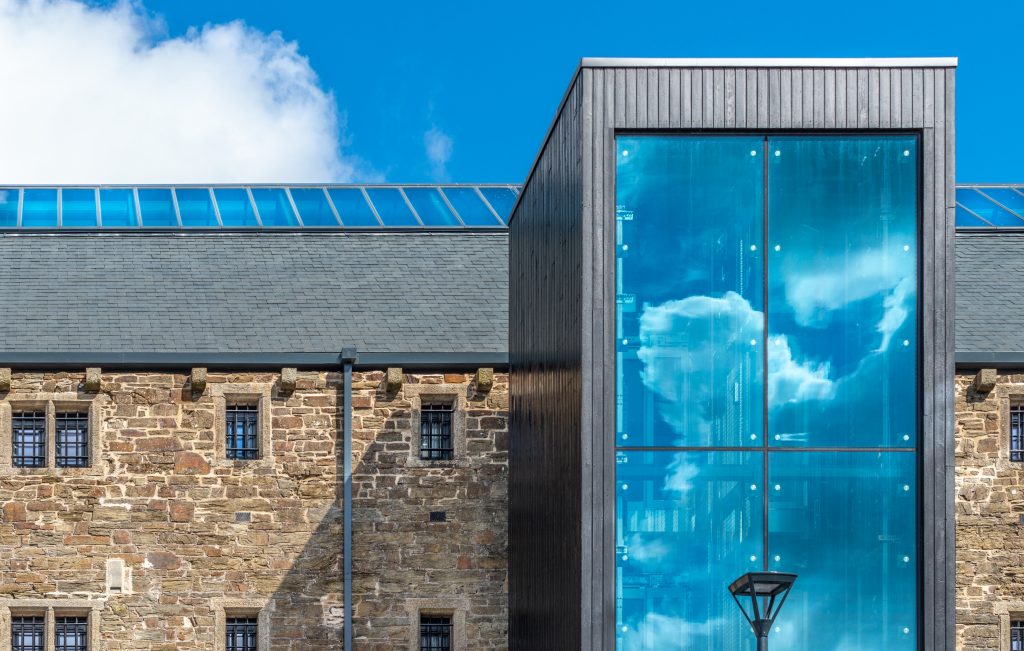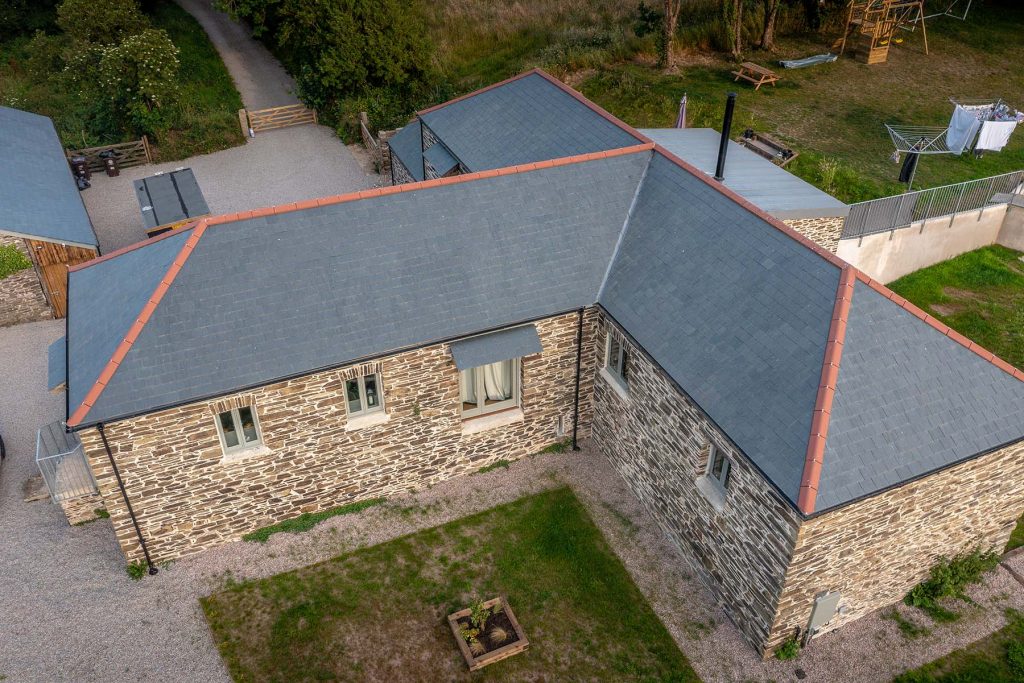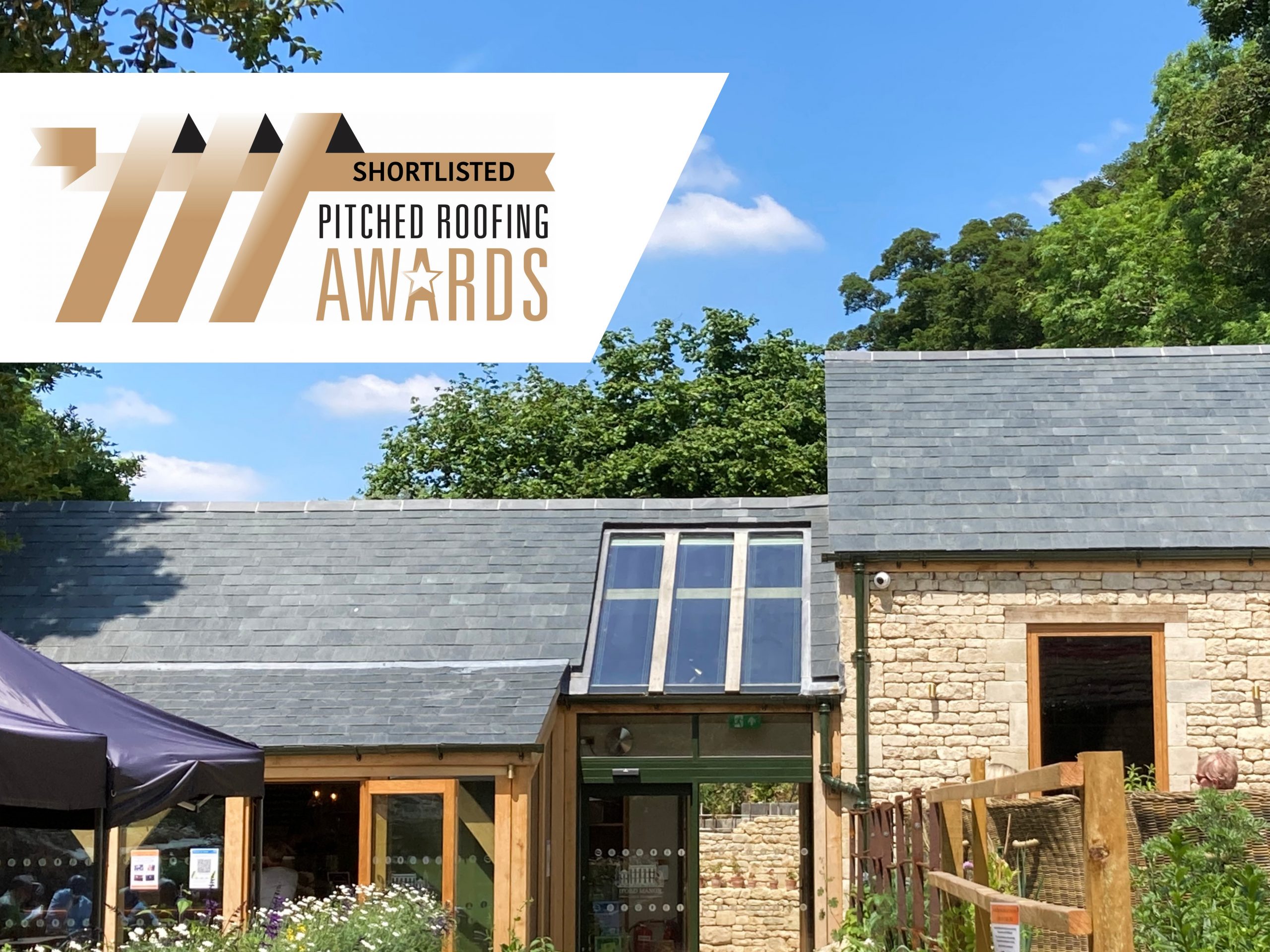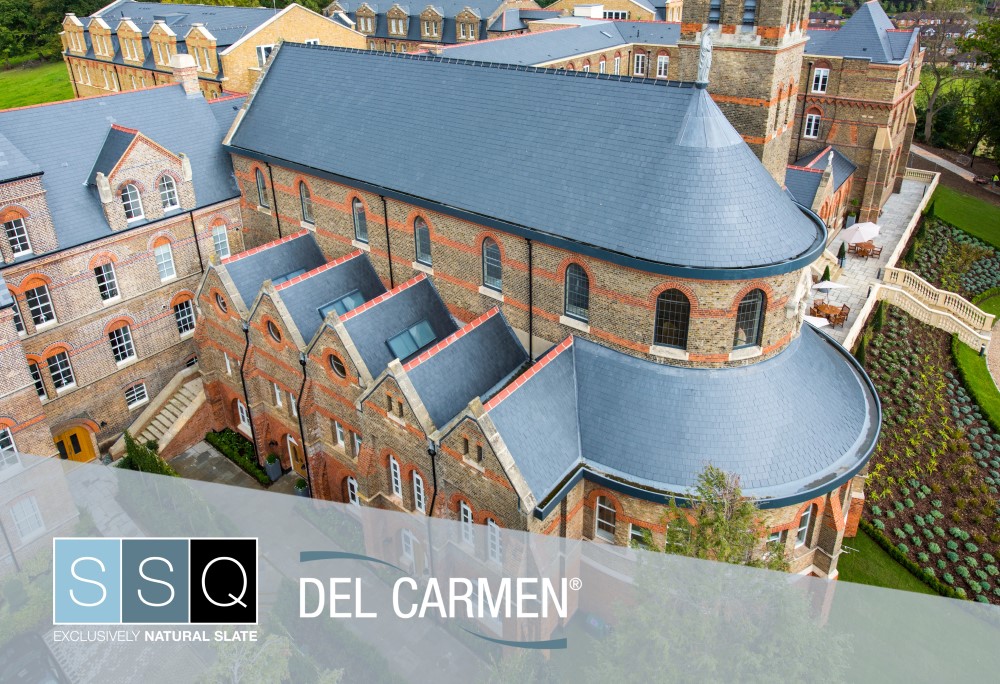Richard Cook, SSQ’s Technical Director discusses the benefits of phyllite.
For hundreds of years, people have been roofing buildings with slate. Of the materials around today, only thatch has been in use longer.That staying power isn’t surprising. Slate is strong, long-lasting, naturally abundant and attractive to look at. As a roofing material, it ticks every box.
But for roofers, architects and tradition-conscious homeowners, it presents one big problem – naturally abundant isn’t the same as readily available. There’s still plenty of it in the ground. But especially if you’re set on having indigenous slate – that is, slate from Britain and Ireland – getting hold of it can be extremely challenging.
It’s easy to see why indigenous slate continues to appeal. If you’re replacing an indigenous roof, it’s only natural you want to honour the building’s heritage, and ensure it’s ‘in keeping’ with its surroundings. For many, there’s almost an emotional attachment to it – the idea that a roof might be made of materials quarried just a few miles away.
However, the reality is this – the number of quarries still producing indigenous slate is very small, and shrinking. That means waiting lists are extremely long – sometimes measured in years – and therefore impractical for most purposes. Fortunately, there’s an alternative – phyllite.
Preserving listed buildings
Phyllite, like slate, is a type of foliated metamorphic rock – but phyllite is subjected to even greater temperatures and pressures. What makes it such a fantastic alternative is that it’s both aesthetically and geologically similar to many types of indigenous slate.
For an excellent example of how phyllite can contribute to the preservation of a piece of Britain’s heritage, we can look to Bodmin Jail – the Grade II-listed Cornish prison originally built in the late 1700s.

The project’s managers wanted a roofing product that could emulate the aesthetics of the 600 x 300 dry-laid Cornish slate that made up the original roof, but that was more readily available. That led them to consider phyllite – both for its similarity to Cornish slate in terms of its strength, colour and geological profile, and its long track record of being approved by Cornwall Council’s Historic Environment and Planning Team.
The installation itself took place over a period of four months, using a similar dry-laid method to the one that had been used on the site’s original roof. The slates were laid using a 200mm gauge. They were copper nailed twice onto 500 x 200 factory-grade treated counter battens, which were fixed to a ply roofing deck using a Permavent Apex Air breather felt.
Access was a challenge throughout the project, which, combined with the height of the roof, meant the slates themselves had to be graded and sorted on the scaffold board. They were separated into three different thicknesses – thin, medium and thick – and then laid, with the thicker slates at the eaves course, and the thinner slates cut and dressed under the lead flashing.
The slating was set out using true chalk lines at a regular 200mm gauge. Perpendicular chalk lines were set at 1015mm centres to ensure that an average tolerance of 3-5mm was retained between slate side joints, to allow for minor movements in the roof sub structure. Slates at all hip and valley junctions were laid using a close mitred detail, to ensure the clean lines of the glazed apex weren’t interrupted when adjoining the slate roof areas. The mitred valley and hips were weather proofed using lead soakers treated with patination oil, which were interleaved with the slates and fixed so that they extended to a minimum of 150mm down each side.
The finished result was a roof that had been seamlessly integrated with the modern design of the renovated buildings’ roof structure, in a way that protected the centuries-old building underneath, and honoured its historic aesthetics.
Protecting Cornwall’s heritage
However, that’s not to say that phyllite is purely suited for large-scale renovation projects. It can equally excel on smaller scale heritage buildings.
Barteliver Farm, situated within an early medieval village first recorded in 1337, is a piece of Cornish agricultural history. When the roofs of several Grade II listed barns on the farm needed replacing, the search began for a material that would protect both the structural and historical integrity of these buildings.

In October of 2022, Ilex Construction Ltd set to work converting these historic barns into residential properties.
When work began on reviving the barn roofs, the team discovered that the roofs had been previously repaired using different sizes and gauges of slate – this had done more harm than good and hastened the need for repairs. Firstly, the existing roofing was carefully removed and the timber structure inspected and repaired. Riverstone 500mm x 250 mm Ultra-grade tiles were then laid using a blend of modern and traditional construction techniques in a celebration of both the old and the new. The thinnest possible phyllite that still retains its superior strength, Ultra-grade Riverstone was chosen to recapture the charm of the roof’s original aesthetics while ensuring that it remains weathertight in even the strongest of coastal storms. While access to the site was a challenge due to ecological concerns, the project was completed both on time and on budget.
Now fully restored, Barteliver Farm’s Grade II listed barns stand proudly in the Cornish countryside.
For more information on how phyllite could transform your next project, get in touch today. Call 020 8961 7725 or get a quote online.


